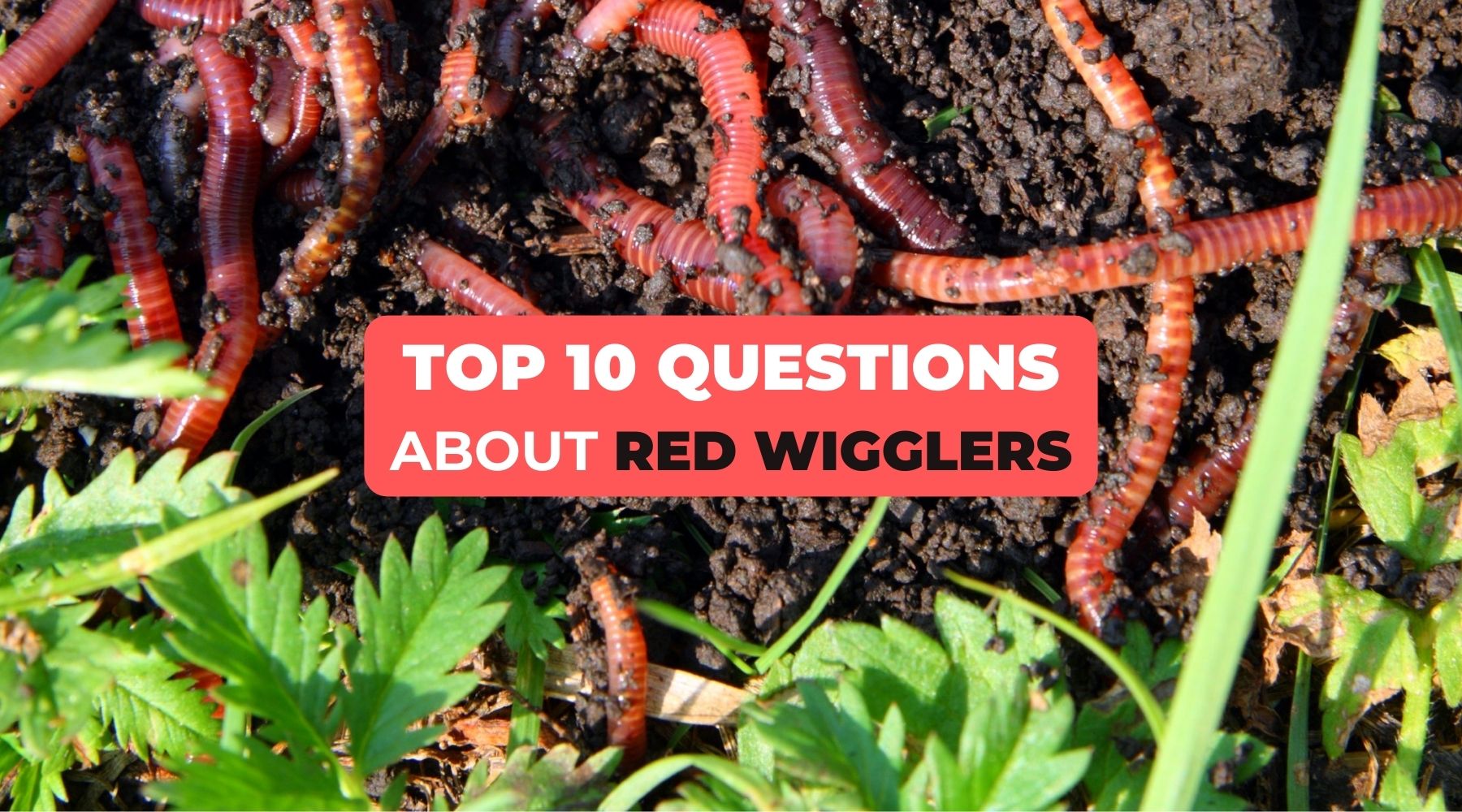The 45-Second Trick For Red Wiggler Express
The 45-Second Trick For Red Wiggler Express
Blog Article
The Main Principles Of Red Wiggler Express
Table of ContentsSee This Report on Red Wiggler ExpressHow Red Wiggler Express can Save You Time, Stress, and Money.Some Known Incorrect Statements About Red Wiggler Express The Red Wiggler Express DiariesWhat Does Red Wiggler Express Mean?
It's safe to state this things would certainly have been fantastic to include as a to vermicomposting systems! And the thriving Red Worm populace? It just never took place. Even in the heap that was established directly in front of backyard composters with existing Red Worm colonies. These nutritionally-boosted timber chip habitats are definitely filled with Lumbricus sp.
Many selections, consisting of Red Wigglers, European Nightcrawlers, and Lumbricus species were brought over from the European continent. Here's the thingNative or not - and as gifted as they are at being able to survive in a wide-range of environments and conditions -. In other words, they are even more likely to hang out in any active composting systems you have actually set up, than they are to roam off and start spoiling the atmosphere.
Roots require oxygen for respiration and count on smooth airflow within the dirt to grow. Nonetheless, when it rainfalls, soil can become saturated with water, decreasing the oxygen available and hindering vitamins and mineral absorption - Red Wiggler Express. To keep an optimal balance, the soil must permit water to drain sufficiently, leaving sufficient space for air to sustain root health
An Unbiased View of Red Wiggler Express

When it involves worms for composting, what comes to mind? If you were an earthworm breeder, dealer, or plain gardener, after that you would certainly know that red wiggler worms are the optimal worms for vermicomposting. To read more regarding these planet marvels, reviewed via several of the red worm facts listed below.
(https://disqus.com/by/rwigglerexnc/about/)Yet if they extend their bodies, you'll be able to see the stripes on their skin. When elevating worms such as red wiggler worms, you must have the ability to understand how to profit them. When you have the ability to keep and take care of their habitat well, and also feed them the right sort of organic wastes, after that they'll have the ability to create nutrient-packed and quality-rich worm castings for you (also called worm poop or garden compost).
The Ultimate Guide To Red Wiggler Express
So, what do worms consume? Well, these red wriggler worms can be fed with kitchen scraps and yard wastes. Any kind of decaying natural stuff will do like veggie and fruit peels, crushed egg coverings, used tea bags, coffee premises, grass cuttings, completely dry leaves, and others. Yet make certain not to feed them foods items that are oily, citrusy, or has meat or dairy in them. Worm Farms Near Me.

This behavior makes them well-suited for life in worm bins, garden compost heaps, and various other constrained rooms where natural waste is bountiful. Producing an ideal setting for red wigglers needs a thoughtful approach. Think about the adhering to essential elements to look after red wigglers in the house and guarantee their wellness: Utilize a bedding of shredded newspaper or cardboard.

Include a handful of dry, shredded paper if the container ends up being too wet. Without a doubt, they do! Red wiggler worms duplicate by laying small, lemon-shaped eggs in protective cocoons. These cocoons are usually transferred in the bed linen and hatch into baby worms within a couple of weeks. The fast reproduction cycle of red wigglers is just one of the factors they are favored for vermicomposting.
More About Red Wiggler Express
Their adaptability and strength have made them a prominent selection for vermicomposting in different areas around the globe. Yes! They can survive from a variety of 32F to 90F. They are super adaptable pests. Consider safety measures for extremely severe temperature levels such as: Protecting the worm container with layers of straw or leaves.

When dealing with your red wigglers it is essential to keep in mind to: 1) K.I.S.S (Keep it Simple) and 2) every little thing in small amounts. These guidelines relate to feeding your garden compost worms, sprinkling your worm bins, and almost whatever else involved in looking after them. Just remember - you can constantly add more food later on (but it's difficult to eliminate feed once it's been included in a container!).
Due to the fact that I fed the red wigglers and garden compost worms way too much, they weren't able to keep up and with time the older food went uneaten and created anaerobic problems that killed the worms. The bright side is that there are really basic actions you can take to guarantee this doesn't take place! Here're the 6 gold guidelines for just how commonly and just how much to feed your worms: Policy # 1: Moderation! You can constantly include more food later on.
5 Easy Facts About Red Wiggler Express Described
Uneaten food will result in anaerobic conditions that will eliminate your online worms. It is alright to spray a little of their initial bed linens (which needs to currently remain in the container) over the food, but the food should never be buried and need to show up to your eye. Rule # 5: See rule # 1! Rule # 6: After the first feeding, feed the worms 1/3 to 1/2 of their weight.
Report this page